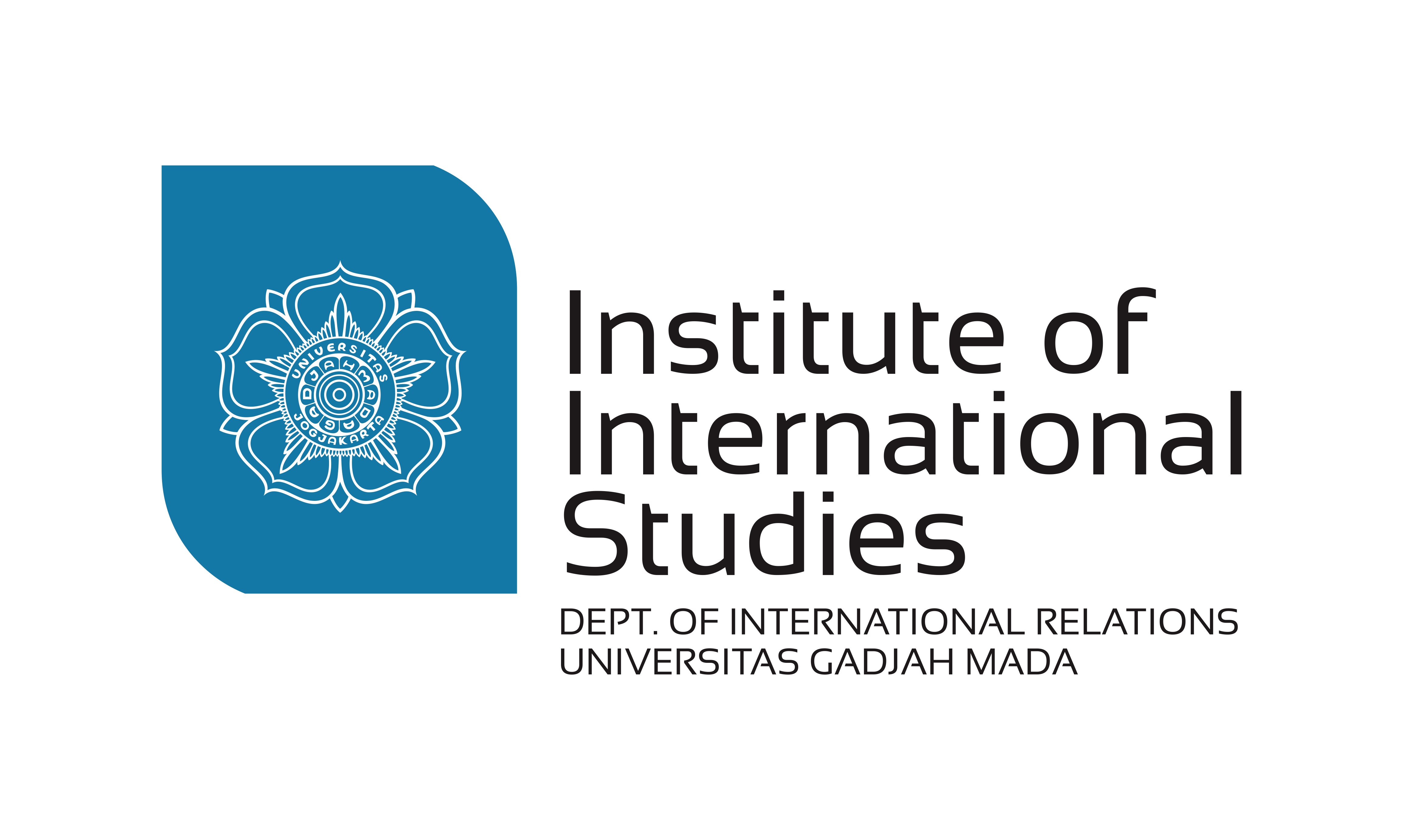Our eleventh edition of Fortnightly Review is out now! Articles featured in this edition are:
• Pioneering the Promotion of humanitarian Values in the Asia Pacific: What is Indonesia’s Agenda and Strategy? (Ica Cahayani)
• Another Look at Myanmar After the Coup (R.R. Pekerti)
• Indonesia-Malaysia’s Warning on AUKUS: A Commitment Towards a Nuclear-Free Region? (A.F. Basundoro)
Access the review through bit.ly/FRW1Oktober













